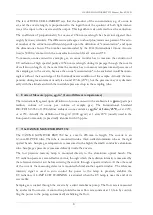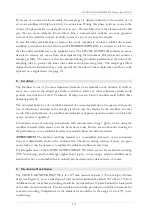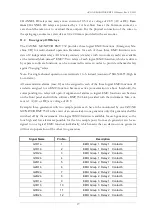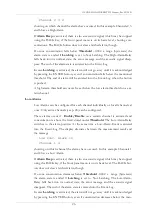
OZONE MONITOR BMT 932 Manual, Rev. 02/2021
14
any aerosol particles from the sample without affecting the ozone. This latter property may de-
crease with increasing amount of dirt retained by the filter. This is the reason why the filter in-
serts should be replaced on a regular basis. The replacement interval strongly depends on the
quantity and the kind of the dirt to be retained by the filter. Each user has to find out the interval
optimally adapted to his specific situation.
Caution:
The BMT 932 is designed to measure ozone in ambient air at the workplace. Placing an
ozone sample port in a corrosive and/or contaminated environment could cause damage to the
instrument and affect the accuracy of measurements.
10.2 Tubing
We strongly recommend not to use SS tubing. Use of SS tubing will most likely lead to measure-
ment errors. Sample tubing has to be 1/4'' (OD) or 6 mm, respectively (BMT 932C: 1/4" only).
We strongly recommend to use tubing material which is transparent like FEP. Transparency is
important in case some dirt - namely droplets of condensated water - would travel along the tub-
ing. With an intransparent tubing (e.g. PTFE) droplets are invisible.
10.3 Moist Sample Gas
When the sample gas contains water vapour at a dew point temperature higher than the ambient
temperature around the sample tubing, condensation will occur inside the tubing. This has to be
avoided strictly!
Concerning Moist Sample Gas please refer to our TechNotes TN-1 page 6 and TN-3, to be
found on our website www.bmt-berlin.de
If it is not clear whether or not condensation might occur we recommend to include a WATER
TRAP (part no. 932-WATER TRAP) into the sample tubing line. When no condensate will form
over an extended period of time (one year, or more) the WATER TRAP will remain empty, and















































